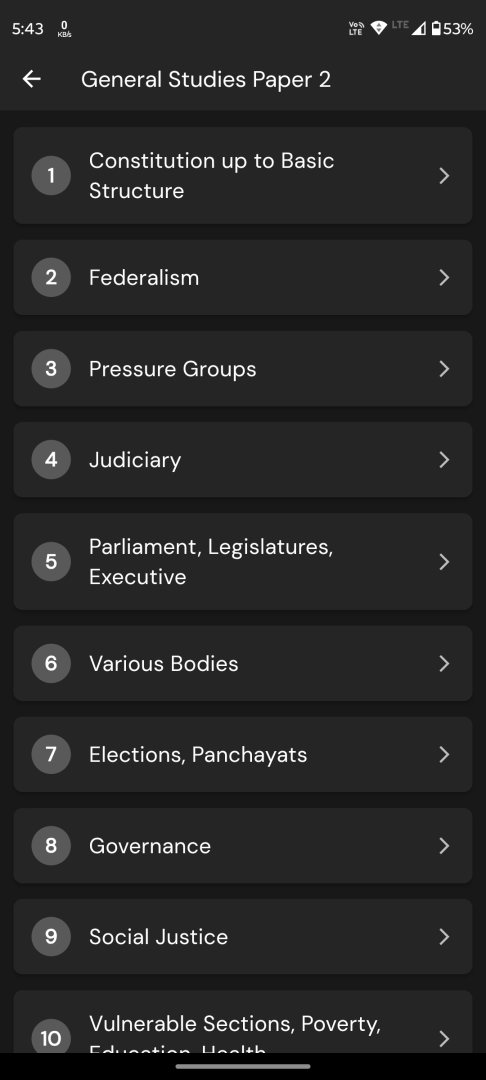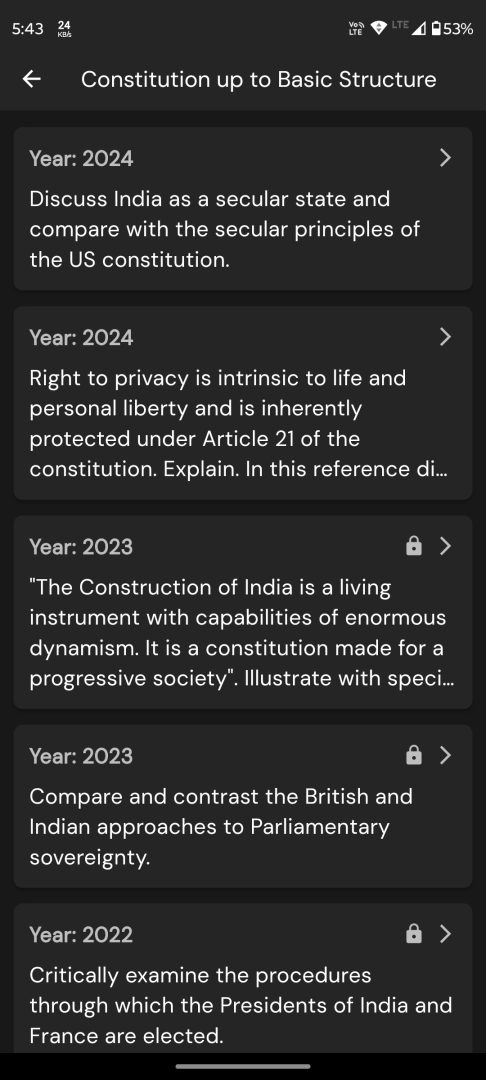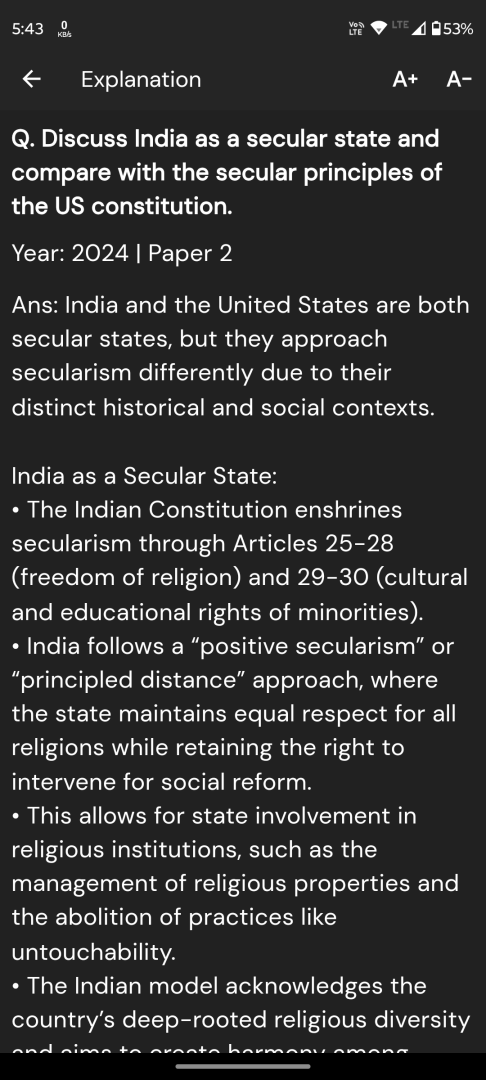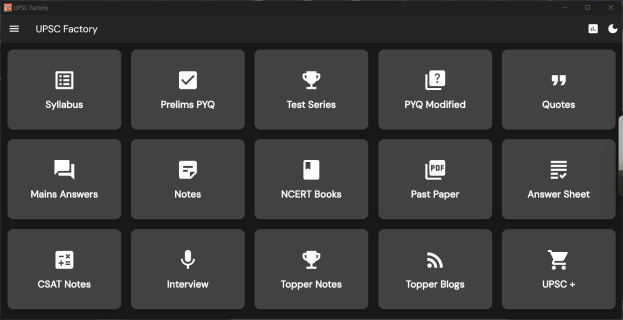Q. What are the challenges before the Indian economy when the world is moving away from free trade and multilateralism to protectionism and bilateralism? How can these challenges be met?
UPSC Mains 2025 GS3 Paper
Model Answer:
The global shift from multilateralism to protectionism, accelerated post-COVID-19 and Russia-Ukraine conflict, poses significant challenges for India’s growth trajectory as nations prioritize bilateral arrangements over WTO-based trade systems.
Key Challenges facing Indian economy:
• Market Access Barriers: Rising tariffs and non-tariff barriers threaten Indian exports in textiles, pharmaceuticals, and gems sectors. EU’s Carbon Border Adjustment Mechanism impacts steel-aluminum exports, while stricter standards reduce competitiveness.
• Supply Chain Vulnerabilities: Disruptions increase imported component costs, affecting electronics and automotive manufacturing. India’s import dependence for critical materials undermines the Make in India initiative’s effectiveness.
• Trade Deficit Concerns: Bilateral FTAs have widened deficits, particularly with ASEAN partners, questioning the reciprocal benefits of such agreements.
• Investment Uncertainties: Declining FDI flows and stricter screening mechanisms in developed economies limit technology acquisition and global expansion opportunities.
Strategic Response Measures:
India must enhance trade diplomacy through G20, BRICS engagement while expediting EU-UK FTAs. Strengthening domestic competitiveness via PLI schemes expansion and PM GatiShakti infrastructure development is crucial. Diversifying export markets to Africa, Latin America, and focusing on IT-digital services leveraging comparative advantages offers resilience. Building alternative supply chains through partnerships with like-minded nations and promoting Atmanirbhar Bharat without isolationism ensures strategic autonomy.
Conclusion:
India must transform protectionist challenges into opportunities for building resilient, self-reliant economy while maintaining global engagement.




